|
It's Climate Week! Climate change has been in the news with folks young and old taking to public spaces around the globe to "strike" a chord with those in power to implement necessary climate-related policies, the United Nations General Assembly meeting in New York earlier in the week, and various organizations spreading the word on steps to take NOW including the American Society of Landscape Architects (ASLA) and so many more. But what does it all mean to us, in the Boston area? To find out more about work being done to prepare for climate change in our own backyard, see this interesting case study developed by the ASLA. Stoss Landscape Urbanism
0 Comments
Very informative story shedding light on America's rivers- history, use, climate change or so much more. Take a listen! The goal of the constructed wetland of the Alewife Reservation in Cambridge, MA, completed in 2013, is to clean storm water before it enters Boston Harbor. For more information see City of Cambridge Public Works, The Friends of Alewife Reservation Brochure and The Friends of Alewife Reservation Website.
The term “resilience” is bantered about a lot these days. But what does it mean in terms of landscape architecture? Due to climate change, the earth’s water levels are rising putting many communities at risk of flooding. Resilient landscapes aim to anticipate future water levels- preparing communities for the worst. That means incorporating green infrastructure so that storm water is absorbed into the ground instead of sent to potentially overcapacity piping systems or raising sensitive equipment above anticipated flood levels. I have been practicing this technique for many waterfront park projects in my work with the US Army Corps of Engineers for decades, designing public open spaces in Indiana and Ohio with annual flooding in mind. Recently, the EPA has begun to encourage planning for resiliency by way of the first National Disaster Resilience Competition, see the link for more specific detail and to learn about the cities and states that are benefiting from this innovative program.
On October 16th American Public Media's radio program "Marketplace" ran a piece on the marketing of parks- getting people outside and away from their digital devices. Take a listen!
Compare and contrast beloved garden plants and their native alter egos. Here I depict the glossy leaved European Wild Ginger plant with the more subdued but native variety, Canadian Wild Ginger. With similar growing requirements, the two live up to the old adage, "its the same difference"!
Many teachers consider outdoor education important because it provides students a chance to take what they’ve learned in books and compare that to what they see in the world around them. In Boston, the Boston School Yard Initiative has been instrumental with bringing outdoor classrooms to schools across the City since 1995! In my town, most of the schools have been able to incorporate Science Gardens on the school grounds. This spring, the third grade classes study the history of colonial times culminating in a full-day event called Colonial Day. One activity the students enjoy as part of Colonial Day is to learn about the importance of the home garden during colonial times; an introduction of plants used for medicine, for the home and for food was shared.
The fall and winter seasons are perfect for spotting invasive plant species commonly found in our woodlands and open spaces. In many cases, these plants were brought from faraway lands and planted as ornamental species within our landscapes. Birds eat the prolific fruit and help spread the plants throughout the landscape. Now many of these invasive species have become dominant. Do your part- know friend from foe, eliminate new planting of known or suspected invasive plants, and remove invasive plants where possible. Resources and infomration: http://www.invasiveplantatlas.org/ http://www.massnature.com/Plants/Invasives/invasiveplants.htm http://www.mass.gov/dfwele/dfw/nhesp/conservation/invasives/invasive_plant_info.htm http://www.nyis.info/ 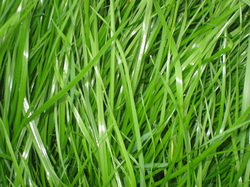 “No-Mow Lawn Seed” by Prairie Nursery in Westfield, Wisconsin is a low maintenance alternative to the traditional manicured seeded lawn. Much less maintenance is required since the blended seed selection is designed to incorporate only shorter grass blades. Mowing only one or two times each year is required and little if any water is needed once the lawn is established. I recently tried “No-Mow Lawn Seed” on a project and so far it is beautiful! For a longer, lush and informal lawn this alternative might be just what you’re looking for. http://www.prairienursery.com/store/no-mow-lawn-seed-mix-c-11.html |
Archives
September 2023
CateInspiration comes from the world around us; color, texture, pattern- all components of the ever changing landscape. The camera captures these moments for further reflection. This blog will feature monthly musings centered on the landscape. Categories
All
|

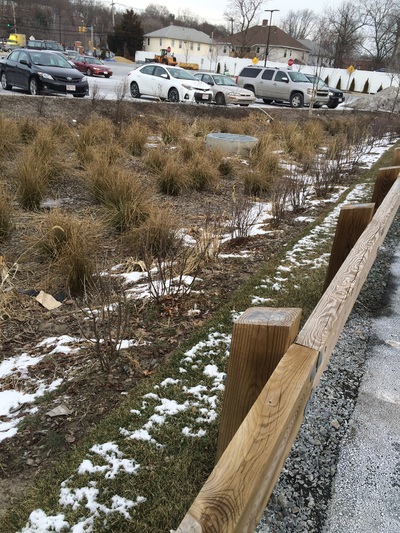
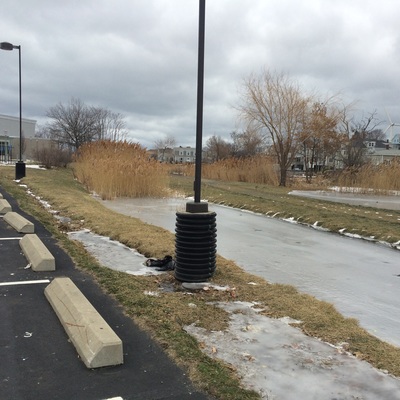
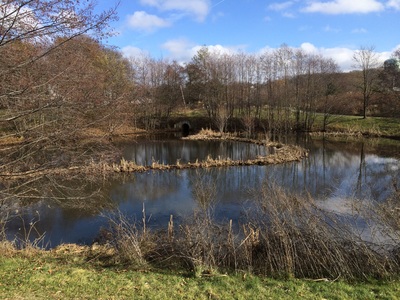

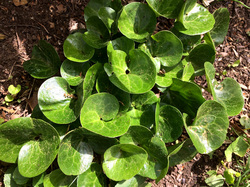
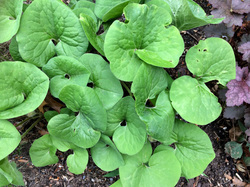
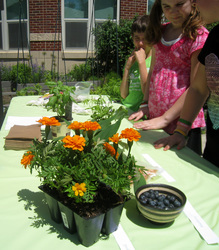
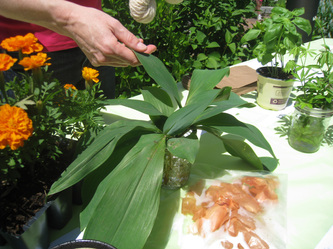
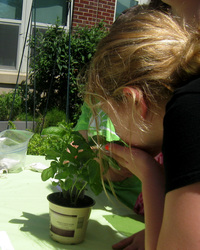
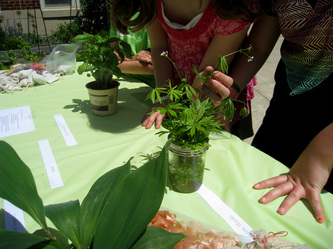
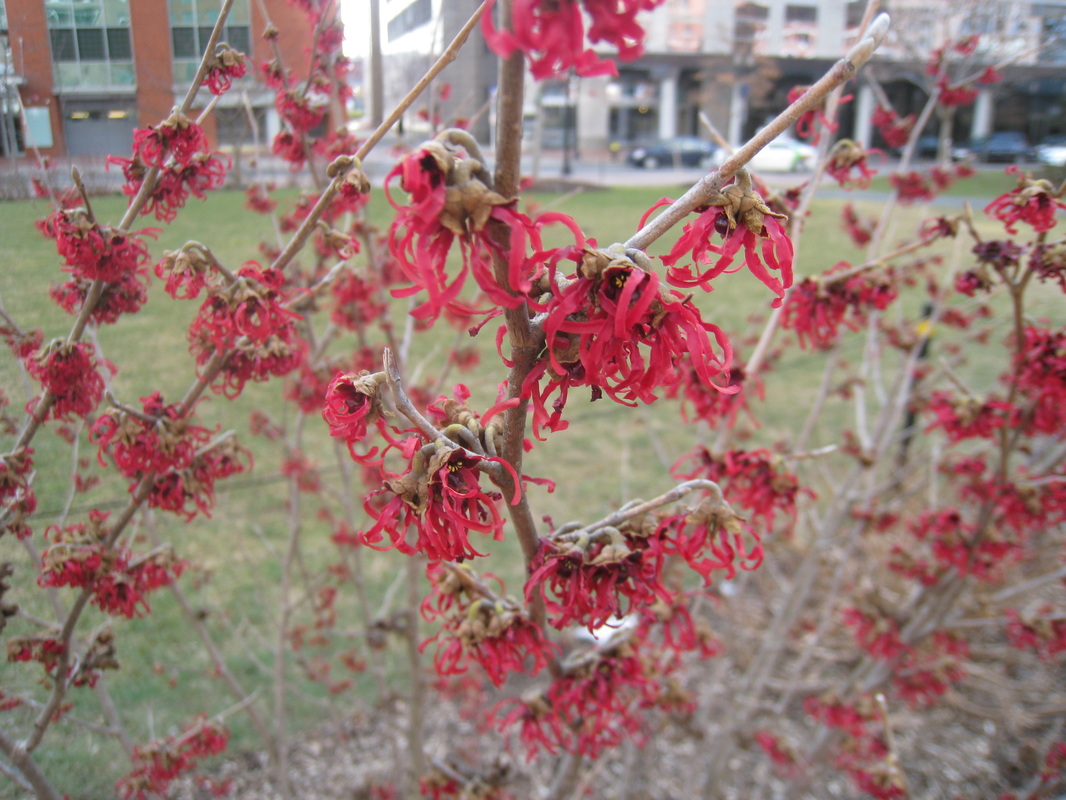
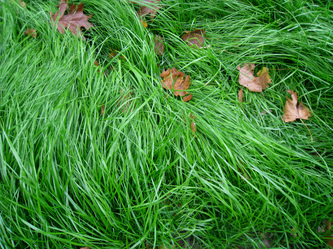
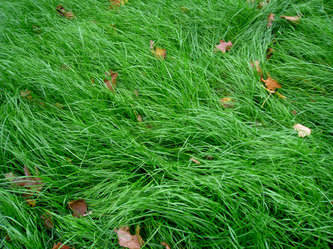
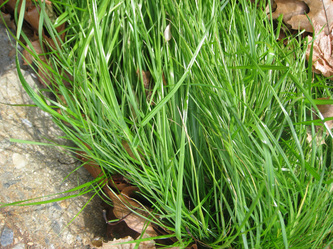

 RSS Feed
RSS Feed